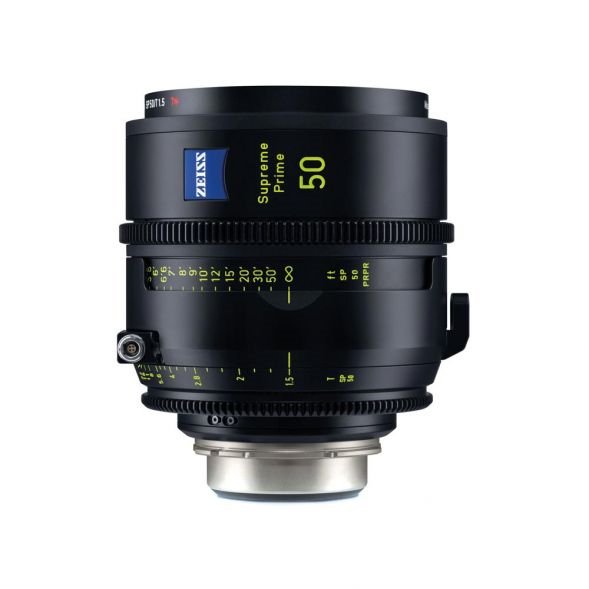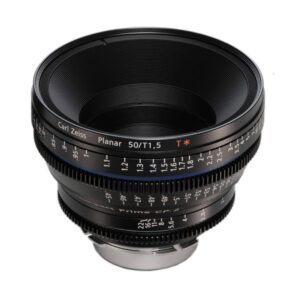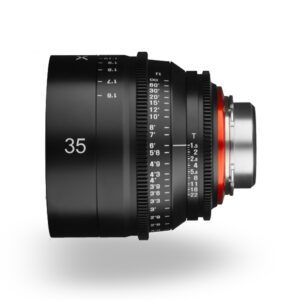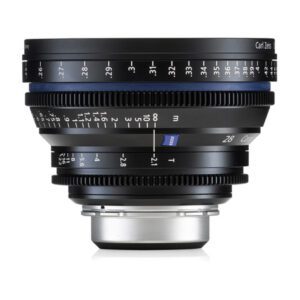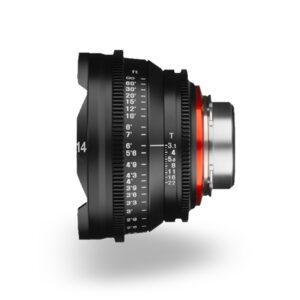Description
The ZEISS 50 mm T1.5 Supreme Prime PL lens features an interchangeable PL mount and is marked in feet. The lens produces a 46.3mm image circle, covering full-frame sensors. The internal focus design provides minimal focus breathing and a non-rotating front. The focus ring rotates 300° from a close focus of 18″ to infinity, providing plenty of room for precise focus pulls. The iris is made up of 16 blades arranged to create circular, out-of-focus highlights. Both the focus and iris rings incorporate industry standard 0.8 MOD, 32-pitch drive gears, and the lenses within the Supreme lineup share the same gear positions, making for rapid lens changes.
The lens is fast at T1.5, yet has only a 95mm front diameter. This allows you to use a wide variety of matte boxes from handheld to studio size. The lens also weighs only 2.69 pounds, features a removable lens support with 3/8″-16 threading, and uses an interchangeable mount system. The PL mount passes metadata and is compatible with both the Cooke /i and the ZEISS Xtended Data systems.
Features:
- Covers 46.3mm image circle, which allows you to use the lens with full-frame and Super 35mm sensors
- The lens has been designed to be small, as far as lenses that cover full-frame sensors go, to better match the diminishing size of cameras
- Though the lens is designed to be exceedingly sharp, it features a smooth focus roll-off
- The lens features a precision square helical thread that is smooth and durable
- The focus barrel features 300° of rotation for precise focus pulls
- The lens mounts are interchangeable in the field and communicate with Cooke /i and ZEISS Xtended Data protocols
- The removable lens support foot features an integrated 3/8″-16 female threaded mounting hole
- The lens features a 16-blade iris that forms a circular aperture for round, out-of-focus highlights
- The iris markings on the lens are not linear, providing you more room for precise incremental adjustments when the iris is open on the wide end, as well as making the overall size of the lens smaller
You may also like…
-

ZEISS 25mm Supreme Prime T1.5 Full-Frame PL Lens
-

Arri Ultrasonic Distance Measure UDM-1
-
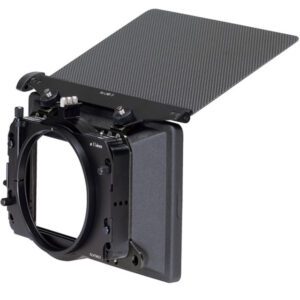
Arri LMB-25 Clip-On 2 Stage Matte Box
-
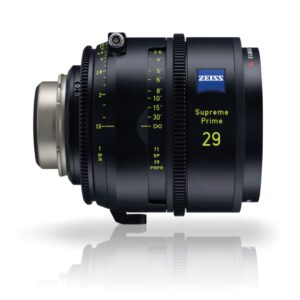
ZEISS 29mm Supreme Prime T1.5 Full-Frame PL Lens
-
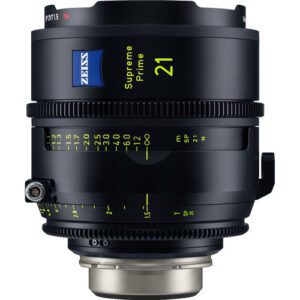
ZEISS 21mm Supreme Prime T1.5 Full-Frame PL Lens
-
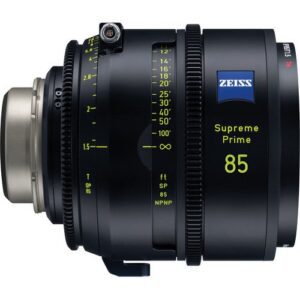
ZEISS 85mm Supreme Prime T1.5 Full-Frame PL Lens
-
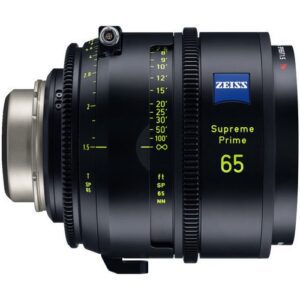
ZEISS 65mm Supreme Prime T1.5 Full-Frame PL Lens
-
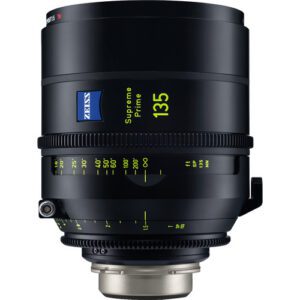
ZEISS 135mm Supreme Prime T1.5 Full-Frame PL Lens
-
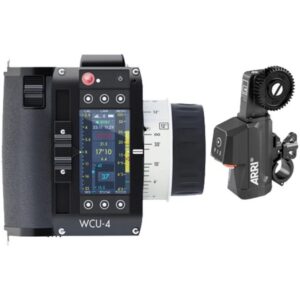
Arri Wireless Compact Unit WCU-4 FIZ System
-
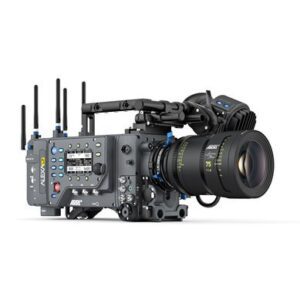
Arri Alexa LF Large Format PL/LPL Camera
-
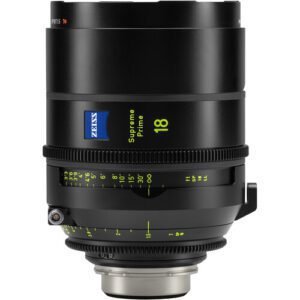
ZEISS 18mm Supreme Prime T1.5 Full-Frame PL Lens
-
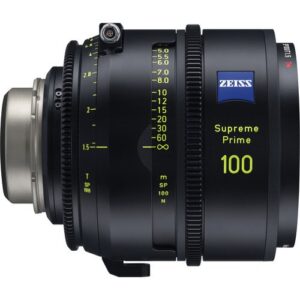
ZEISS 100mm Supreme Prime T1.5 Full-Frame PL Lens
-
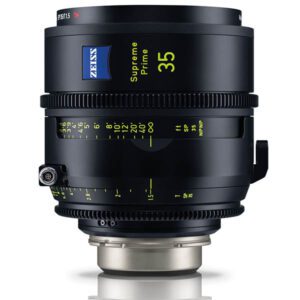
ZEISS 35mm Supreme Prime T1.5 Full-Frame PL Lens



